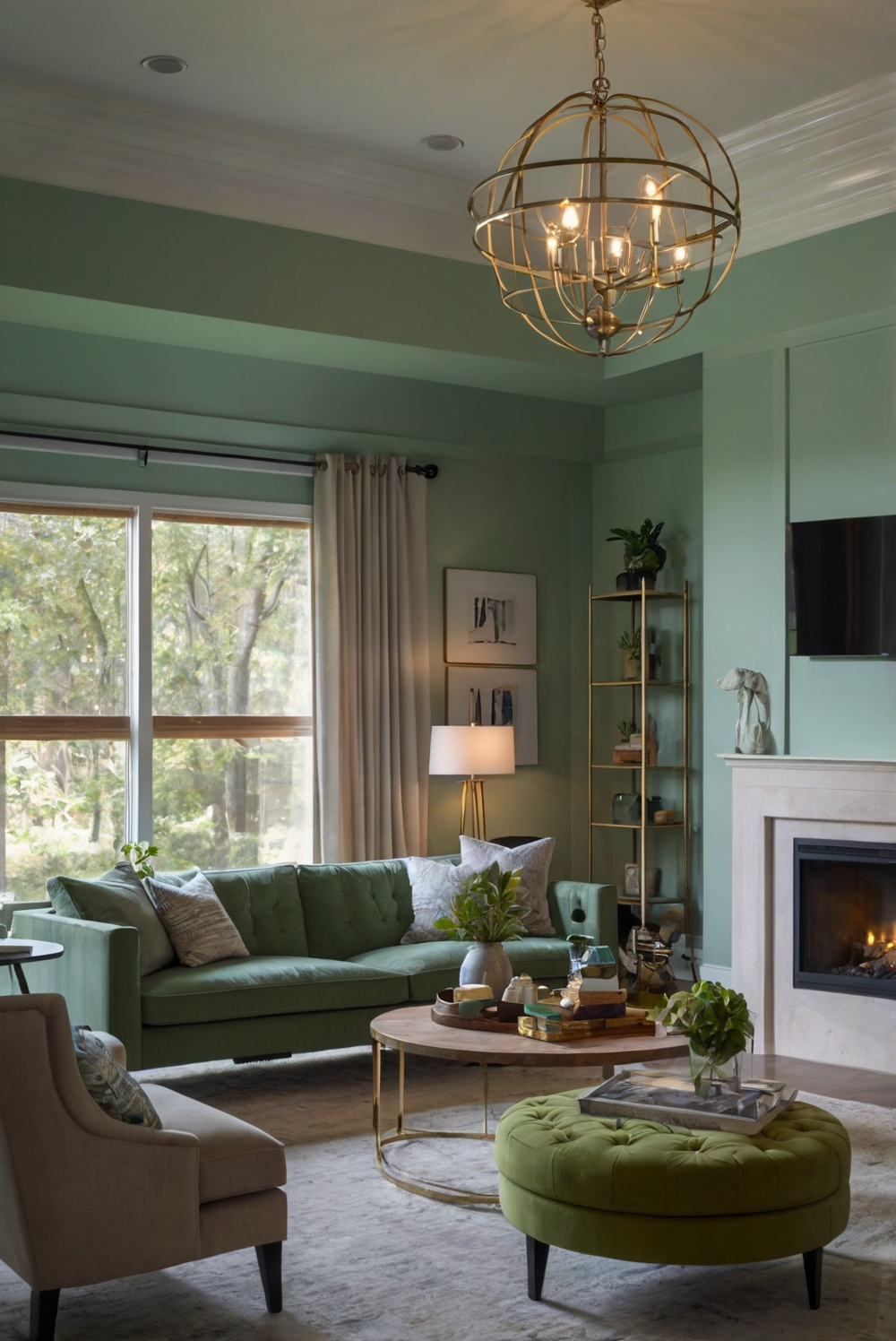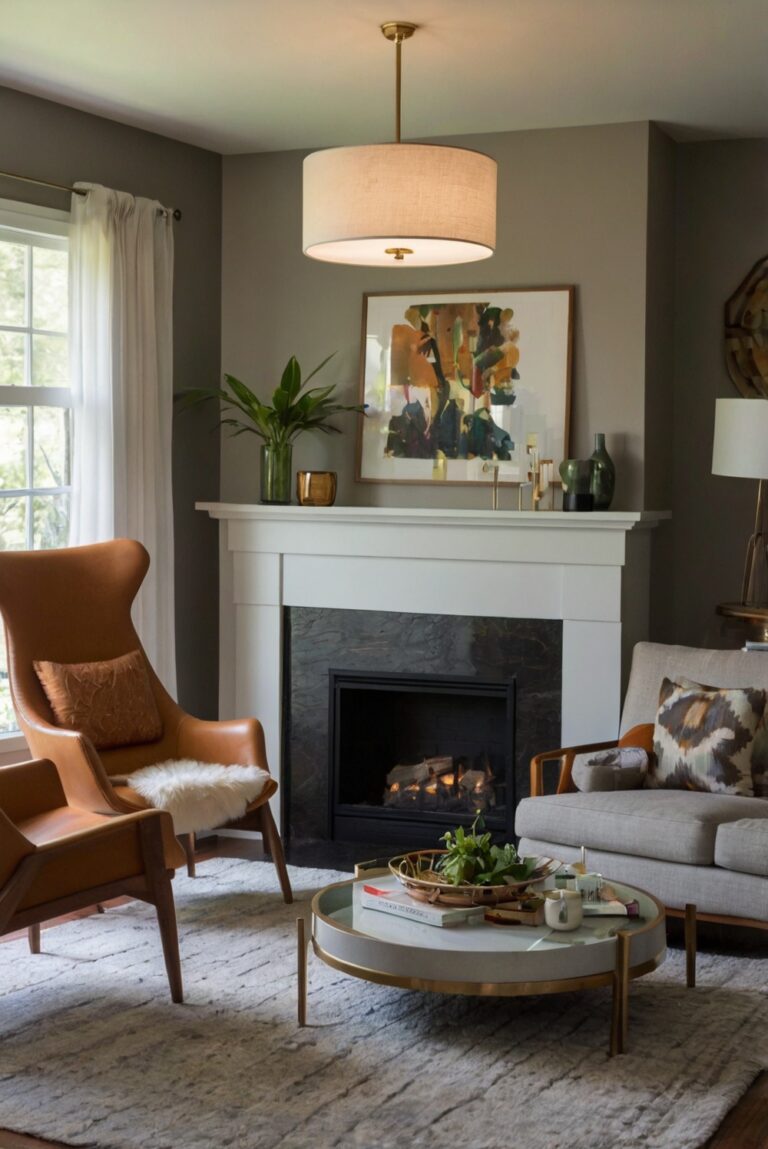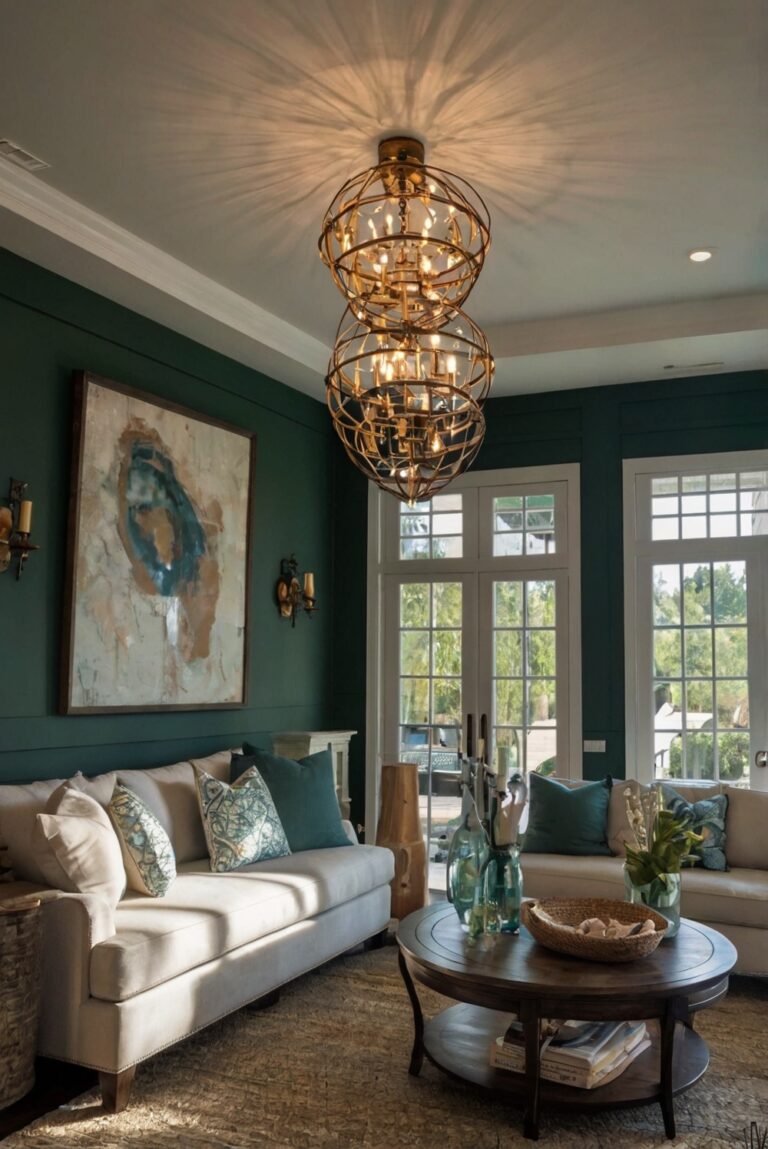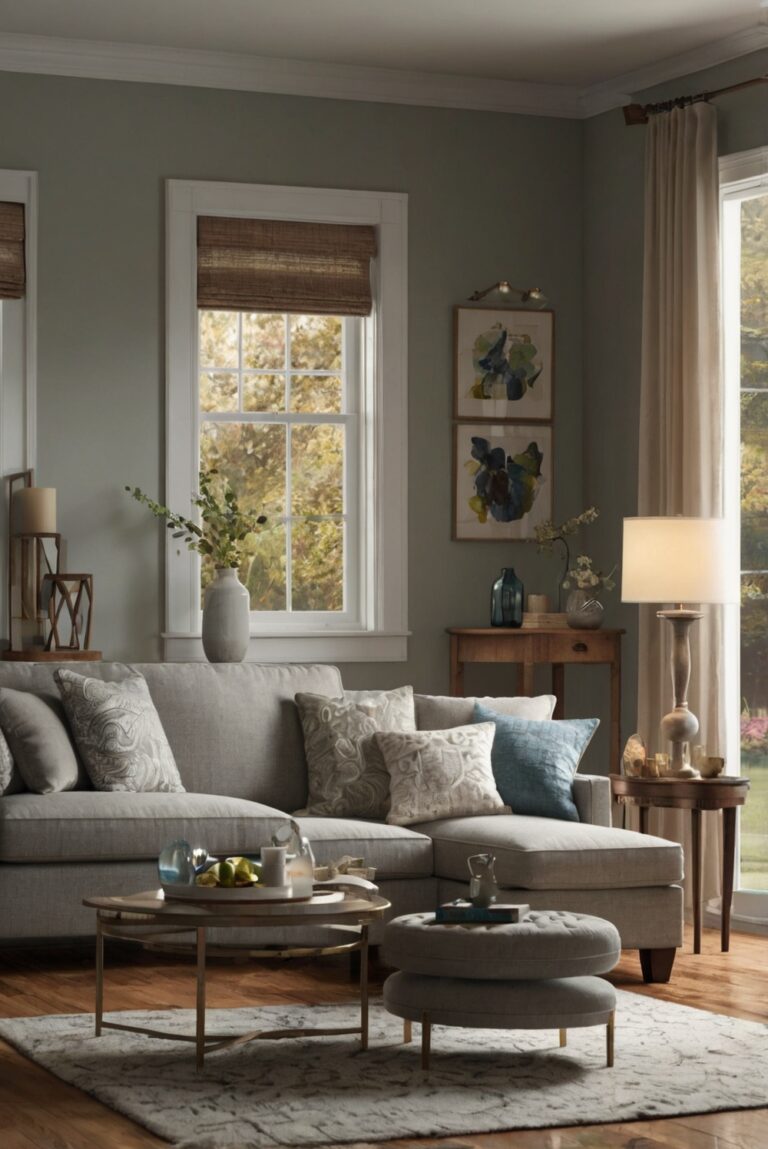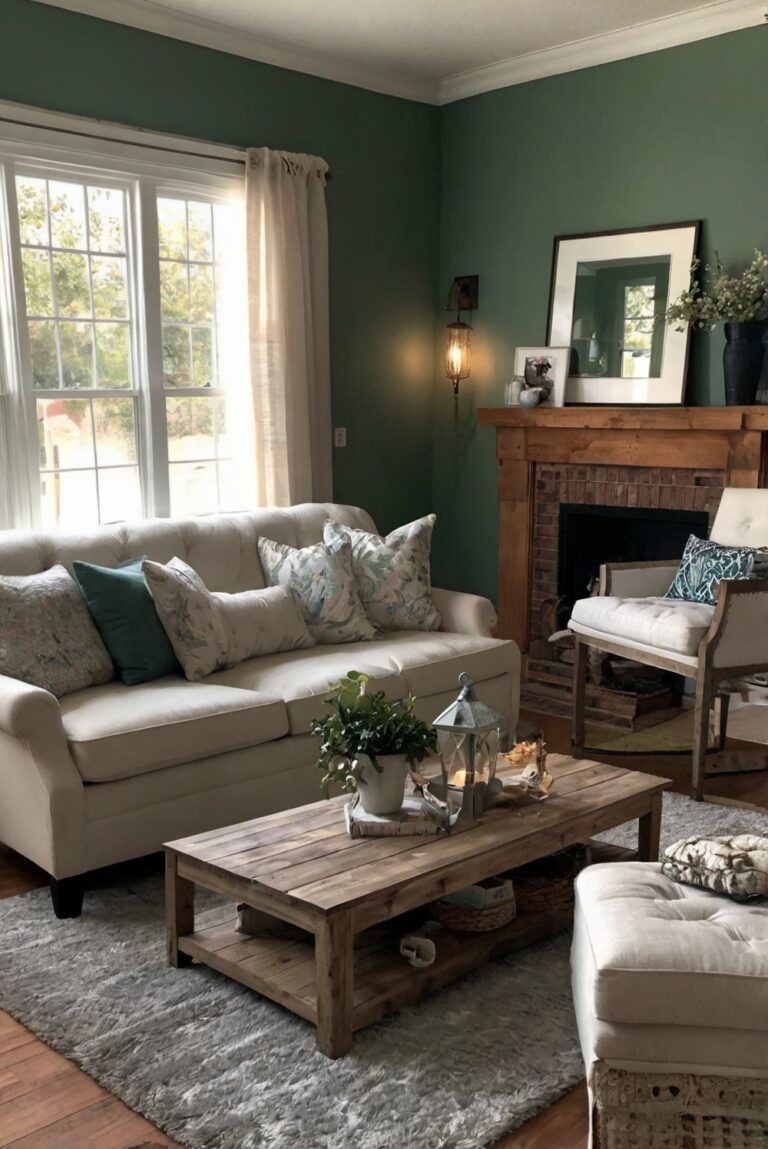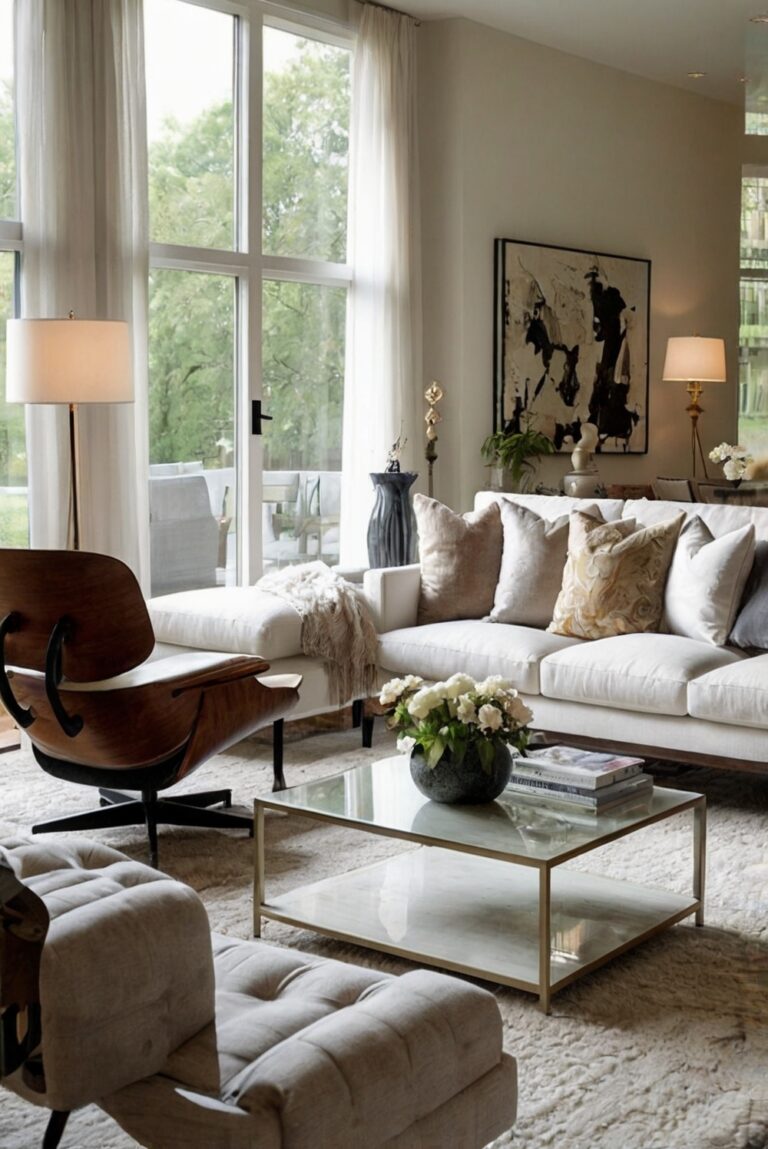Discover how to seamlessly integrate smart lighting solutions into your living room design. Upgrade your space with the latest technology for a modern and functional atmosphere.
To incorporate smart lighting into your living room design, you can start by choosing smart light bulbs or fixtures that can be controlled through your smartphone or smart home system. This will allow you to adjust the brightness, color, and scheduling of your lights to create different moods and save energy. Consider installing dimmer switches for added flexibility. Additionally, you can use smart lighting to highlight architectural features or artwork in your living room. Make sure to plan the placement of your smart lights to achieve balanced lighting throughout the space. Experiment with different lighting scenes to find what works best for your home decor and interior design style. Regularly updating your smart lighting settings can help keep your living room feeling fresh and inviting.
List of Smart Lighting Steps for Living Room Design:
– Choose smart light bulbs or fixtures
– Control lights through smartphone or smart home system
– Install dimmer switches for flexibility
– Highlight architectural features or artwork
– Plan placement for balanced lighting
– Experiment with lighting scenes
– Update settings regularly for a fresh look
Key points to remember:
– Smart lighting enhances home decor and interior design.
– Proper space planning of light fixtures is essential for optimal results.
– Using designer wall paint and color matching painting can complement smart lighting in the living room.
By incorporating smart lighting into your living room design, you can transform your space into a modern and stylish environment that reflects your personal aesthetic and enhances the overall ambiance of the room.
How to Incorporate Smart Lighting into Your Living Room Design
Smart lighting can enhance the ambiance and functionality of your living room. Here are some tips on how to incorporate smart lighting into your living room design:
Start with a Lighting Plan
Before you start incorporating smart lighting into your living room, it’s important to create a lighting plan. Consider the different areas of your living room and how you want them to be illuminated. Identify key areas such as seating areas, artwork, shelves, and accent walls that may require specific lighting.
Choose the Right Smart Lighting Products
When selecting smart lighting products for your living room, consider factors such as brightness, color temperature, and compatibility with your existing smart home system. Opt for smart bulbs, LED strips, or smart light switches that offer customizable features and can be controlled remotely using a smartphone or voice commands.
Layer Your Lighting
To create a well-lit and visually appealing living room, consider layering your smart lighting. Use a combination of ambient, task, and accent lighting to illuminate different areas and create depth and dimension in the room. For example, use ceiling lights for ambient lighting, floor lamps for task lighting, and LED strips for accent lighting.
Consider the Placement of Your Smart Lighting Fixtures
When incorporating smart lighting into your living room, pay attention to the placement of your lighting fixtures. Position overhead lights centrally to evenly distribute light throughout the room. Use floor lamps and table lamps strategically to provide task lighting where needed. Consider installing smart dimmer switches to adjust the brightness levels based on the time of day and activities taking place in the room.
Integrate Smart Lighting Controls
To fully maximize the benefits of smart lighting in your living room, integrate smart lighting controls. Use smart home platforms like Amazon Alexa, Google Assistant, or Apple HomeKit to control your smart lights with voice commands. Create customized lighting scenes for different activities such as movie nights, reading, or entertaining guests. Set schedules to automate your lighting based on your daily routine.
In conclusion, incorporating smart lighting into your living room design can transform the look and feel of your space. By following these tips and utilizing the right smart lighting products and controls, you can create a comfortable, functional, and energy-efficient living room that suits your lifestyle and aesthetic preferences.
1. What are the benefits of incorporating smart lighting into your living room design?
Incorporating smart lighting into your living room design offers numerous benefits. Smart lighting can enhance the ambiance of your space by allowing you to adjust the brightness and color of your lights to suit different moods or activities. It also provides convenience and flexibility, as you can control your lights remotely using a smartphone or voice commands. Furthermore, smart lighting can help you save energy and reduce your electricity bills by allowing you to schedule lights to turn on and off automatically or adjust their brightness levels based on natural light conditions.
2. How can you choose the right smart lighting fixtures for your living room?
When selecting smart lighting fixtures for your living room, consider factors such as the size and layout of your space, your lighting needs, and your design preferences. Start by assessing the different types of smart lighting options available, including smart bulbs, smart switches, and smart plugs. Think about whether you want color-changing capabilities or if you prefer white light options. Additionally, consider compatibility with smart home systems like Alexa or Google Assistant. It’s also essential to evaluate the ease of installation and setup of the smart lighting fixtures to ensure they meet your requirements.
3. What are some creative ways to incorporate smart lighting into your living room design?
There are several creative ways to incorporate smart lighting into your living room design. You can use smart LED light strips to highlight architectural features, create a cozy atmosphere, or add a pop of color to your space. Install smart bulbs with dimming capabilities to adjust the brightness levels according to different activities, such as watching TV or entertaining guests. Consider installing smart switches that allow you to control multiple lights simultaneously or create lighting scenes for specific occasions. Additionally, you can integrate smart lighting with other smart home devices, such as thermostats or speakers, to create a cohesive and efficient living room design.
4. How can you create a smart lighting plan for your living room design?
To create a smart lighting plan for your living room design, start by identifying the different areas in your space that require lighting, such as seating areas, reading nooks, or accent walls. Determine the specific lighting needs for each area, such as task lighting for workspaces or ambient lighting for relaxation. Next, select the appropriate smart lighting fixtures for each area based on your requirements and preferences. Consider creating lighting zones that can be controlled independently to provide flexibility and customization. Finally, develop a lighting schedule or scenes that align with your daily routines and enhance the functionality and aesthetics of your living room.
5. How can you integrate smart lighting controls into your living room design?
Integrating smart lighting controls into your living room design involves setting up a central hub or using a compatible smart home system to manage your lights effectively. Begin by installing smart switches or dimmers that allow you to control individual lights or groups of lights wirelessly. You can also use smart lighting apps on your smartphone to adjust brightness levels, colors, or schedules remotely. Consider incorporating voice control through devices like Alexa or Google Assistant for hands-free operation. Additionally, explore the option of setting up motion sensors or timers to automate lighting based on occupancy or time of day. By integrating smart lighting controls into your living room design, you can create a convenient, energy-efficient, and personalized lighting experience.

